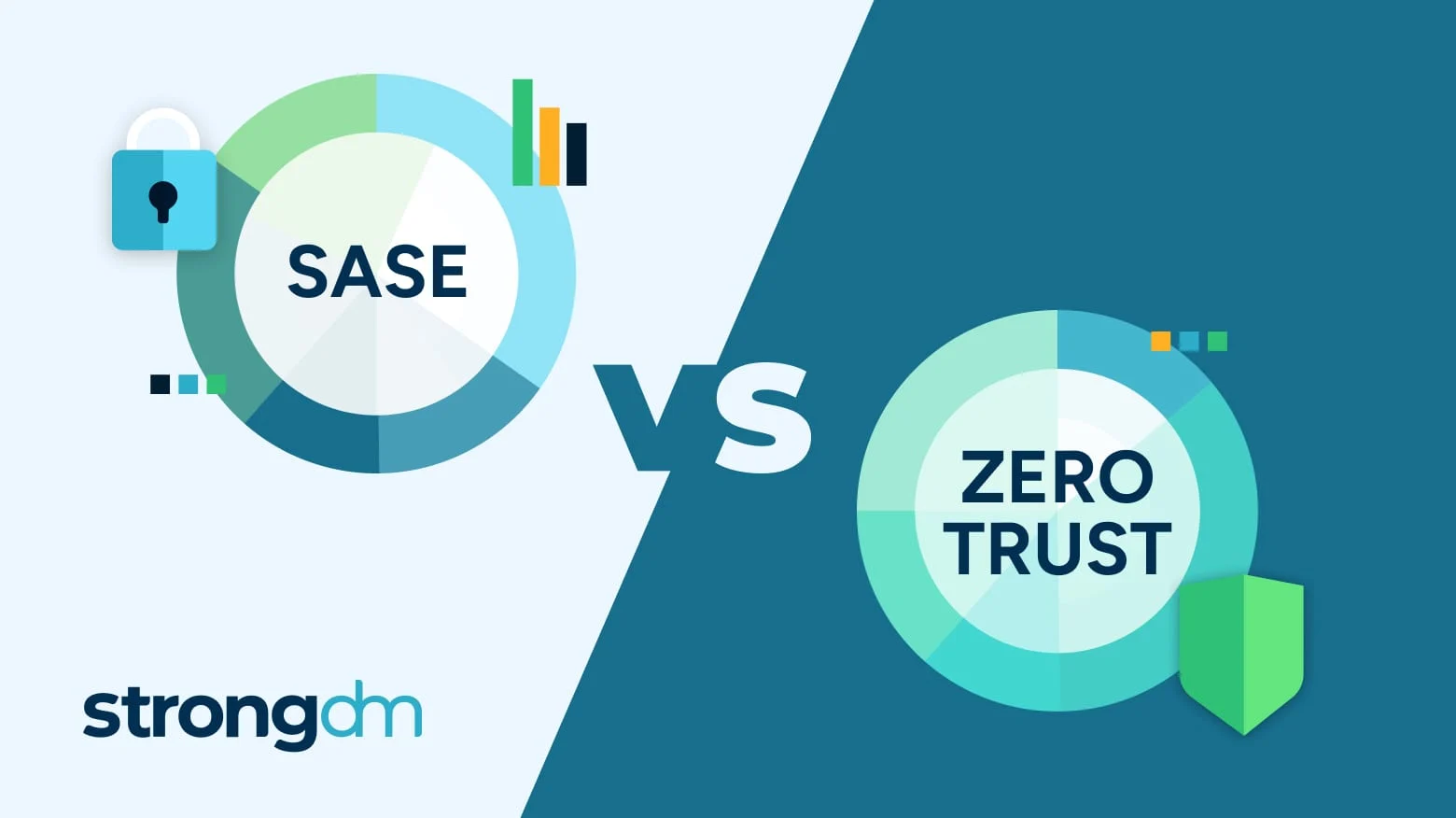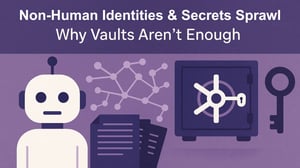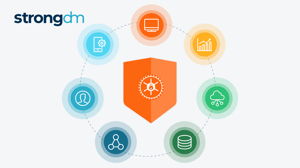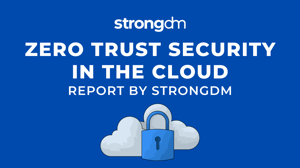Zero Trust vs. SASE: Everything You Need to Know


Written by
John MartinezLast updated on:
October 17, 2025Reading time:
Contents
Built for Security. Loved by Devs.
- Free Trial — No Credit Card Needed
- Full Access to All Features
- Trusted by the Fortune 100, early startups, and everyone in between
Summary: Concerned about providing secure access to the data and tools employees need to do their jobs in a cloud or hybrid environment? Don’t worry. Solid strategies exist for protecting distributed resources. Zero Trust and SASE are two architectural approaches that provide strong security in today’s cloud-first world. The information in this article will help you decide which strategy works best for your business. Robust cloud security is attainable.
What are Zero Trust and SASE?
What is Zero Trust?
Zero Trust is a modern cybersecurity framework that replaces traditional network perimeter protection with robust processes that verify who a user is and what areas of a company’s IT environment they may access. With Zero Trust, all users and devices—regardless of their location—must be authenticated, authorized, and continuously validated.
Zero Trust’s motto is, “never trust, always verify.”
In the past, organizations used IP addresses or other network-based identifiers to grant users access to system resources. This method worked well enough decades ago when organizations kept their IT resources in an on-prem data center protected by a firewall. But in today’s distributed computing environments without a traditional network edge, that old castle-and-moat security model falls short.
Enter Zero Trust.
Instead of implicitly trusting users inside the network, Zero Trust acknowledges that threats can come from both internal and external sources. To strengthen security, the Zero Trust model requires validation at every access point. In addition, Zero Trust constantly monitors for malicious activity and controls access based on roles while enforcing the principle of least privilege (PoLP).
What is SASE?
Secure access service edge—or SASE (pronounced sassy), for short—is an even newer security framework for a network architecture that’s designed specifically for the cloud. Introduced by Gartner in 2019, SASE builds on Zero Trust while delivering layered security controls at the source of a connection rather than at a secured point within a data center.
SASE is the top trend impacting infrastructure and operations in 2023, with total worldwide spending expected to reach $9.2 billion—up nearly 40% since 2022.
SASE delivers multiple network and cloud security functions as a single cloud service that’s agile and easy to scale. SASE comprises the following capabilities, software, and services:
- Software-defined wide area network (SD-WAN)
- Firewall as a service (FWaaS)
- Cloud secure web gateways (SWG)
- Cloud access security brokers (CASB)
- Zero Trust network access (ZTNA)
With SASE, enterprises can consolidate their network and security tools in one place. This centralizes network management, making it easy to apply policies consistently across the entire network stack. SASE provides a context-aware framework that integrates networking and security in real time to protect data, regardless of where users connect.
Zero Trust and SASE: What's the Difference?
The most significant difference between Zero Trust and SASE is scope. Zero Trust provides a strategy for managing access and authorization controls for authenticated users. In contrast, SASE is broader and more complex. SASE offers more comprehensive network and security services, including Zero Trust.
But that’s not all. The two frameworks also differ in how they manage user identity and access.
Because the Zero Trust model trusts no one, it requires each user’s identity to be verified continuously. In contrast, SASE uses identity in combination with context-aware trust levels—such as the time of day, location, and the sensitivity of the application being accessed—when determining whether to grant access.
SASE enables organizations to use known information about users and devices to create risk profiles. Every user and device needs to have a risk score. Likewise, data should also have a sensitivity score. SASE takes these risk scores into account when determining who may have access to what.
Zero Trust and SASE: What Are the Similarities?
Zero Trust and SASE are separate but related. They’re alike because they are both security frameworks that protect network infrastructure from threats. Because SASE is built on Zero Trust, Zero Trust is a core component of SASE.
With more people working remotely and employees increasingly using their own personal devices for work-related activities, organizations need better security strategies. Both Zero Trust and SASE help reduce the risk that comes with an ever-expanding attack surface.
But does implementing SASE provide Zero Trust automatically?
The short answer is no. While the two frameworks overlap, organizations need to use multiple strategies to implement Zero Trust fully in the SASE model.
Another similarity between SASE vs. Zero Trust is that both strategies use dynamic policies to determine which applications and services a user can access. While Zero Trust controls access based on dynamic authorization policies and allows just-in-time (JIT) access, SASE leverages identity and user behavior monitoring to drive policy changes continuously.
Zero Trust or SASE: Which One Is Best for You?
Businesses continue to migrate to the cloud as they seek to improve performance, gain greater flexibility, reduce operational costs, and ensure business continuity.
Experts project the global cloud computing market to grow to over $1,240 billion by 2027—a compound annual growth rate (CAGR) of nearly 18% over 5 years.
As the IT perimeter expands, organizations have an escalating need for a secure access service edge. Instead of choosing between SASE vs. Zero Trust, think of SASE and Zero Trust as complementary solutions that provide a comprehensive security strategy. Most organizations will want to implement Zero Trust first, then work toward SASE as a long-term goal.
By 2025, 80% of enterprises will have adopted a SASE framework to unify web, cloud services, and private application access—a 400% increase since 2021.
How StrongDM Simplifies Zero Trust and SASE
Like it or not, trends like remote work, cloud computing, the internet of things, and artificial intelligence are here to stay. As the attack surface grows, so does the risk of cyberattacks.
As organizations migrate to the cloud, it’s increasingly important to adopt a robust security posture that leverages both SASE and Zero Trust. StrongDM provides a single, integrated platform for AuthN, AuthZ, networking, and auditing across your entire tech stack, giving you the Zero Trust and SASE tools you need. StrongDM’s platform simplifies network security and provides strong protection in today’s rapidly evolving technology environment.
Want to see how StrongDM can help your organization move toward SASE? Book a demo today.
Next Steps
StrongDM unifies access management across databases, servers, clusters, and more—for IT, security, and DevOps teams.
- Learn how StrongDM works
- Book a personalized demo
- Start your free StrongDM trial

Categories:

About the Author
John Martinez, Technical Evangelist, has had a long 30+ year career in systems engineering and architecture, but has spent the last 13+ years working on the Cloud, and specifically, Cloud Security. He's currently the Technical Evangelist at StrongDM, taking the message of Zero Trust Privileged Access Management (PAM) to the world. As a practitioner, he architected and created cloud automation, DevOps, and security and compliance solutions at Netflix and Adobe. He worked closely with customers at Evident.io, where he was telling the world about how cloud security should be done at conferences, meetups and customer sessions. Before coming to StrongDM, he lead an innovations and solutions team at Palo Alto Networks, working across many of the company's security products.
You May Also Like




